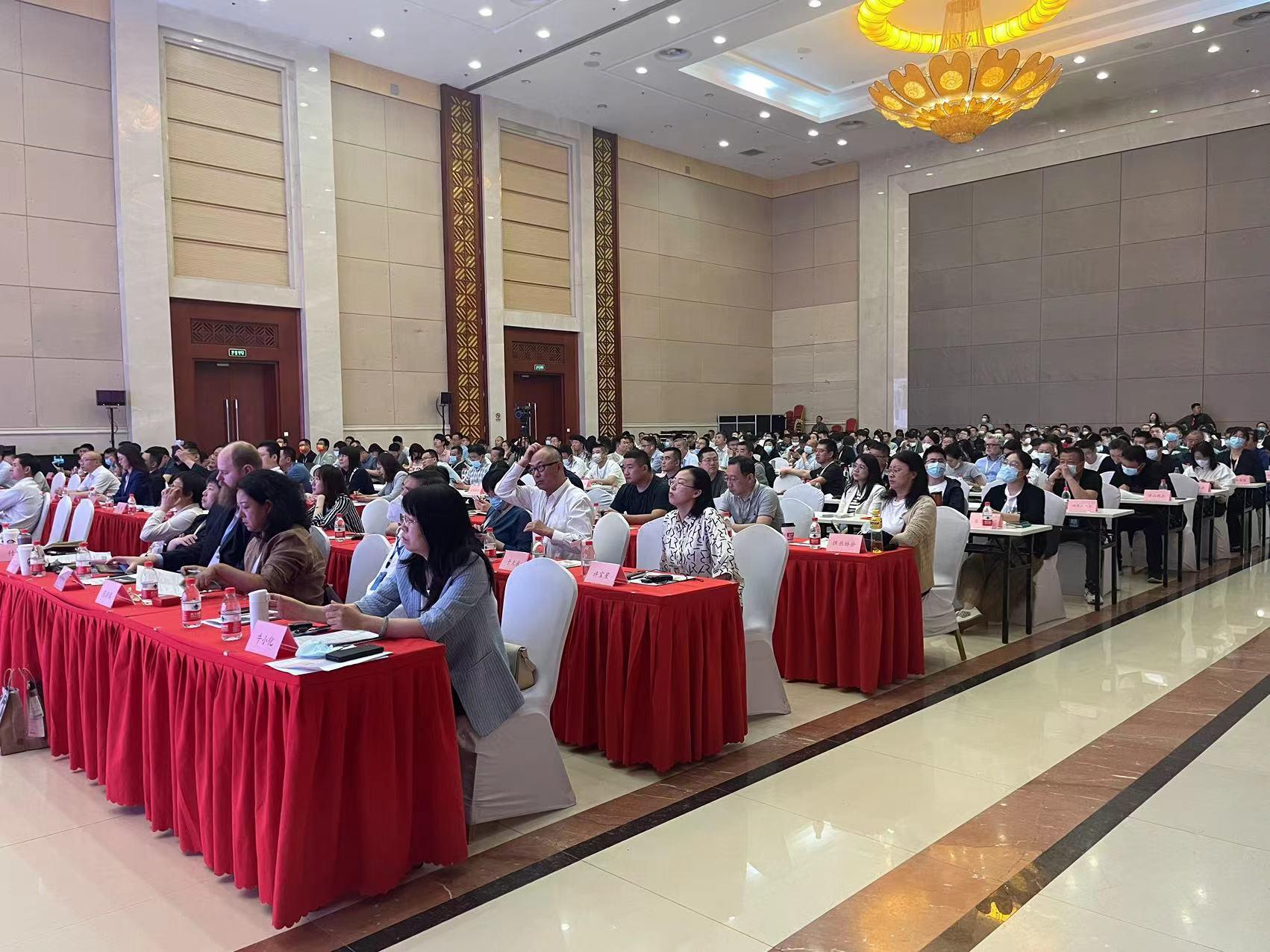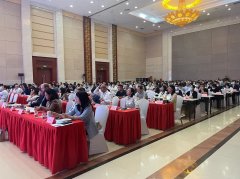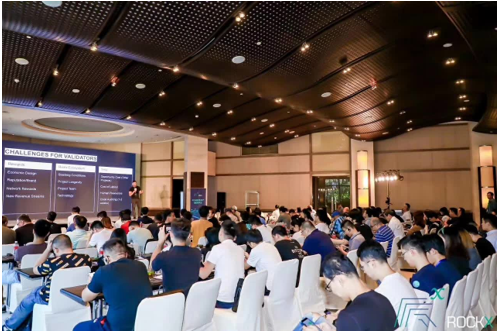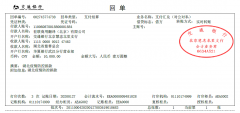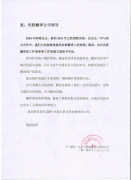北京 技术 口译
时间:2019-11-12 14:07 来源:未知 作者:kefu 点击:次
学 历: 硕士研究生
毕业院校:南开大学
专 业:MTI英语口译
英中译员,毕业于南开大学英语口译专业,硕士研究生学历,已获得 CATTI 英语二
级口译、二级笔译证书。口译经验丰富,能胜任各种场合英语同传、交传及陪同口译任务,服
务过的对象包括(但不限于)澳大利亚前总理约翰•霍华德、中澳企业家峰会、中欧企业家峰
会、APEC 中国工商理事会、阿里巴巴、CCTV、海淀区政府、朝阳区政府、北京市外事办、
石景山区教育局、清华大学、长江商学院、肯尼亚大使馆、布隆迪大使馆、全球创新者大会、
中油瑞飞、中国进出口银行、中澳企业家峰会、中欧企业家峰会等;中英互译笔译项目累计译
量 150 万余字,内容涉及经济、法律、政治、体育、贸易、文学、影视等领域。
教育培训
2013 年 9 月-2015 年 7 月 南开大学 MTI 英语口译专业 硕士研究生
2009 年 9 月-2013 年 7 月 山东科技大学外国语学院 英语专业
工作经历
2015 年 7 月-2016 年 7 月 泛译国际有限公司 项目经理
2016 年 7 月-2018年12月 策马集团 译员兼培训师
部分口译项目经历
哈佛中国教育论坛(美国) 同声传译
APEC 工商领导人中国论坛 同声传译
APEC 中国工商理事会五周年主题晚宴 同声传译
APEC 工商领导人中国论坛欢迎晚宴 同声传译
2019 全球智能物流峰会 同声传译
2019 中欧企业家峰会-朝阳论坛 同声传译
2019 亚洲医药研发领袖峰会 同声传译
中外企业家光谷峰会发布会 同声传译
2019 中外企业家联合会论坛 同声传译
全球发展论坛非洲专场 同声传译
产业升级•高效流通论坛 同声传译
全球投资人大会 同声传译
融尚私塾见面会 同声传译
企业持续创新及未来产业布局论坛 同声传译
CCTV《挑战不可能》节目录制 同声传译
CCTV《朗读者》节目录制 同声传译
《朗读者》第二季研讨会 同声传译
《朗读者》同名书籍海外版启动仪式 同声传译
中澳企业家峰会•悉尼 同声传译
中澳企业家峰会•墨尔本 同声传译
全球创新者大会•无边的世界 同声传译
A20 全球关爱儿童社会领导力峰会 同声传译
中非企业贸易和投资项目交流对接会 同声传译
河北与中东欧国家合作国际学术论坛 同声传译
东湖高新区外商招商会 同声传译
北京全球创新者大会•虚拟现实峰会 同声传译
全球 SDNFV 技术大会 同声传译
Terra Firms 投资峰会 同声传译
第七届长江商学院青年投资人论坛 同声传译
清华大学人口老龄化论坛 同声传译
策马“一带一路”国际翻译峰会 同声传译
2018 中欧企业家峰会-朝阳论坛 同声传译
加州-北京科技企业交流活动 交替传译
2019 世界机器人大会媒体采访 交替传译
加州-北京创新中心启动仪式 交替传译
中澳企业家峰会开幕式 交替传译
中澳企业家峰会欢迎晚宴 交替传译
墨尔本市政府欢迎晚宴 交替传译
悉尼 KPMG 公司中澳企业家研讨会 交替传译
墨尔本 Freehill Smith 公司中澳企业家研讨会 交替传译
澳大利亚 Nufarm 公司走访 交替传译
墨尔本 Seafarm 公司项目洽谈 交替传译
中国航天科工集团项目洽谈会 交替传译
拉法基豪瑞技术研讨会 交替传译
GIC 大会欢迎晚宴 交替传译
英蓝国际商务对接会 交替传译
中国国际跨国公司促进会项目洽谈 交替传译
蒙古国商会项目洽谈 交替传译
CICPMC 博鳌亚洲论坛筹备洽谈 交替传译
Atitech 公司中国业务洽谈 交替传译
Hanbyol 公司业务推介会 交替传译
慨尔康项目验收会 交替传译
长安福特&慨尔康工厂合作洽谈会议 交替传译
福特北京项目合作洽谈 交替传译
中投论坛 2018 年推介会 交替传译
中投论坛 2018 年推介会欢迎晚宴 交替传译
顺义区优秀企业推介 交替传译
中建集团技术交流研讨会 交替传译
中国电建合作洽谈会 交替传译
实科集团&Pinnacle 技术洽谈会 交替传译
北京市中小学校长境外高端资源引进培训 交替传译
石景山区多学科教师中加高端培训 交替传译
阿联酋大使&盛隆集团项目洽谈 交替传译
2018 中加教育培训项目 交替传译
凯瑟琳•拉丝基中国读者见面会&媒体采访 交替传译
海润天睿律师事务所&美国普盈律师事务所业务洽谈 交替传译
北京强度环境研究所项目检测 交替传译
永创合利与体育总局钢架雪车项目洽谈 交替传译
国寿(天津)养老养生投资集团与 TRG 公司项目洽谈 交替传译
中云文化大数据科技有限公司&Billboard 音乐版权合作洽谈 交替传译
皇桥教育集团项目培训 交替传译
Chance Rides&中国特种设备检测研究院项目评审 交替传译
Venus 公司员工调查 交替传译
APUS 公司泰国项目评审 交替传译
中小学校长领导力培训项目 交替传译
北京-特拉维夫创新大会 交替传译
君宇科技有限公司外商项目合作洽谈 交替传译
中国天津第二十一届投资贸易洽谈会 交替传译
第 15 届北京中国国际石油石化技术装备展览会 交替传译
第九届天津国际珠宝首饰展览会 交替传译
第 14 届北京中国国际石油石化技术装备展览会 交替传译
Prepare Group 与南苏丹大使会面 交替传译
Prepare Group 与中油瑞飞项目洽谈 交替传译
Prepare Group 布隆迪电信项目洽谈 交替传译
泛译国际公司与肯尼亚驻华大使会面 交替传译
泛译国际公司与布隆迪官员项目洽谈 交替传译
第三届亚洲沙滩运动会 主媒体中心语言服务部
专业技能证书
CATTI 英语二级口译(交替传译) CATTI 英语二级笔译
英语专业八级 大学英语六级
世联翻译-让世界自由沟通!专业的全球语言翻译供应商,上海翻译公司专业品牌。丝路沿线56种语言一站式翻译与技术解决方案,专业英语翻译、日语翻译等文档翻译、同传口译、视频翻译、出国外派服务,加速您的全球交付。 世联翻译公司在北京、上海、深圳等国际交往城市设有翻译基地,业务覆盖全国城市。每天有近百万字节的信息和贸易通过世联走向全球!积累了大量政商用户数据,翻译人才库数据,多语种语料库大数据。世联品牌和服务品质已得到政务防务和国际组织、跨国公司和大中型企业等近万用户的认可。 |





